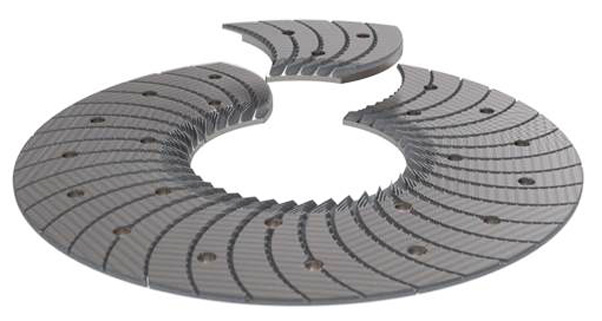Valmet to Adopt 3D Printing Technology in Manufacturing Processes
Valmet, Finland, has become one of the first technology suppliers to the global pulp and paper industry to adopt 3D printing technology in its manufacturing processes to shorten lead times.
"3D printing, also called additive manufacturing, is an excellent example of an emerging technology that has huge potential to be exploited widely in Valmet in the future. We have taken a big step towards offering next-generation products without being limited by yesterday's production processes," said Ari Saario, R&D director at Valmet.
At its new 3D Competence Center, which was opened earlier this year in Sundsvall, Sweden, Valmet has to date successfully used this breakthrough technology to manufacture molding patterns and selected spare parts. The printing materials include aluminum, Inconel, and type 316L steel. The center continuously runs trials with various printing materials and explores ideas for products that can be printed with a 3D printer.
The benefits of 3D printing for pulp and paper mills lie in shorter lead times when a new mold is needed for a customer-specific pattern. It will also be possible to print parts on demand for rapid delivery.
For Valmet, adopting this new production method means cutting the time to market for new products. With this technology, Valmet will be able produce patterns and parts regardless of shape, and tool requirements will no longer present any restrictions.
The terms "3D printing" and "additive manufacturing" both refer to the same process: using digital 3D design data to build up a component by depositing material layer by layer.
Additive manufacturing is, in fact, a more accurate term, as it describes a professional production technique. Instead of milling a piece from a solid block, for example, components are built up layer by layer using materials that are available in fine powder form, such as a variety of metals, plastics, and composite materials.
TAPPI
http://www.tappi.org/

